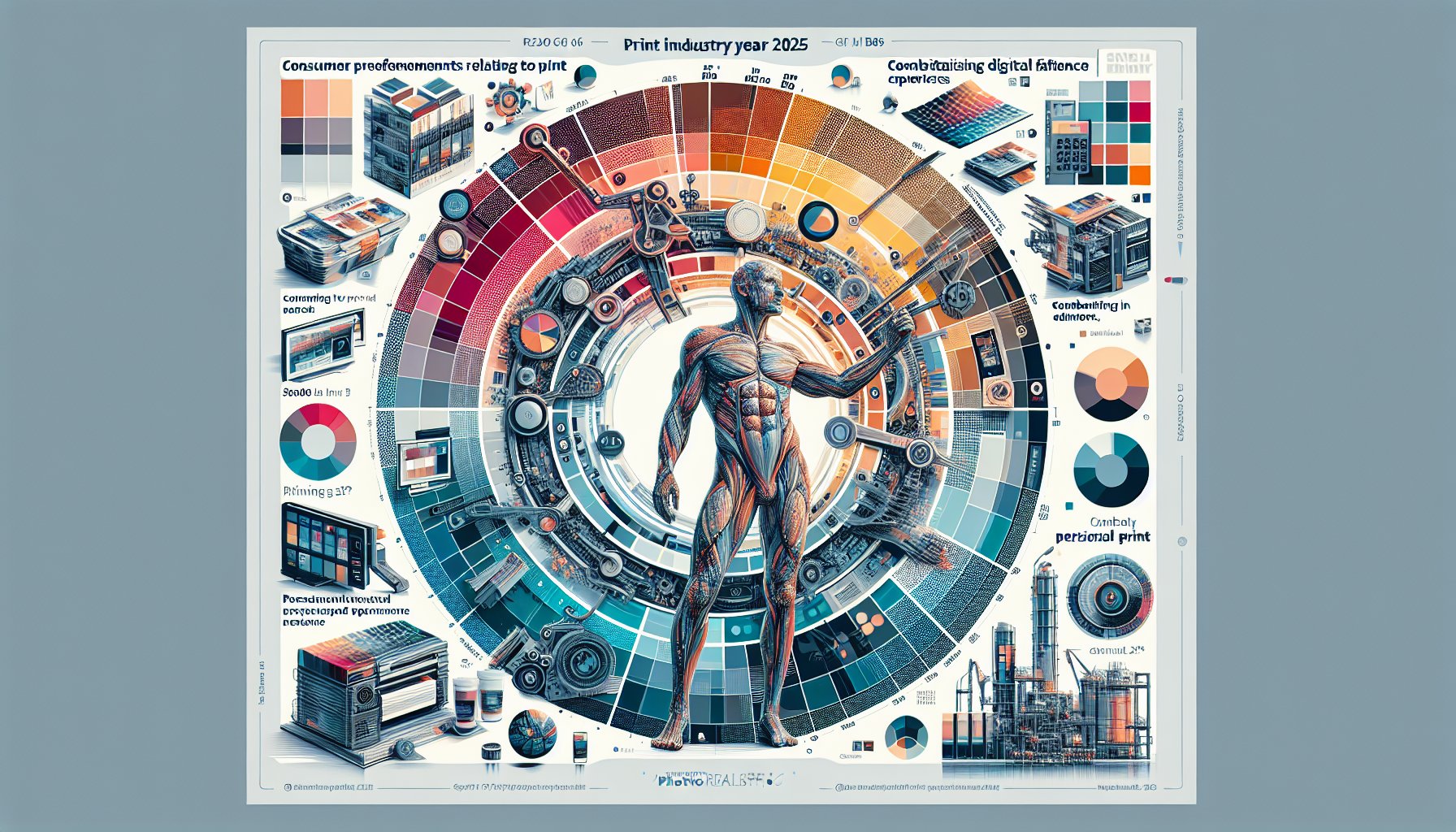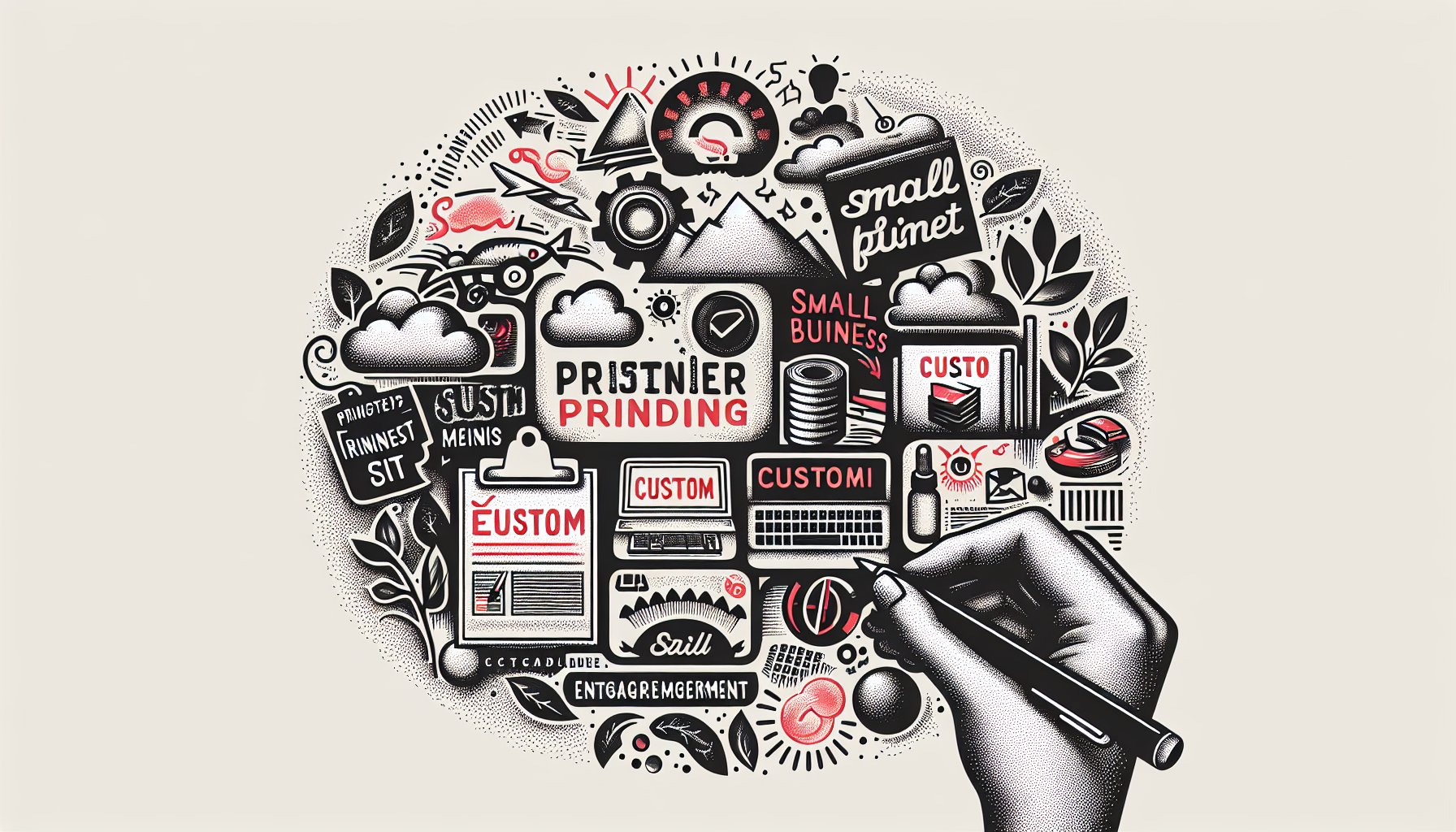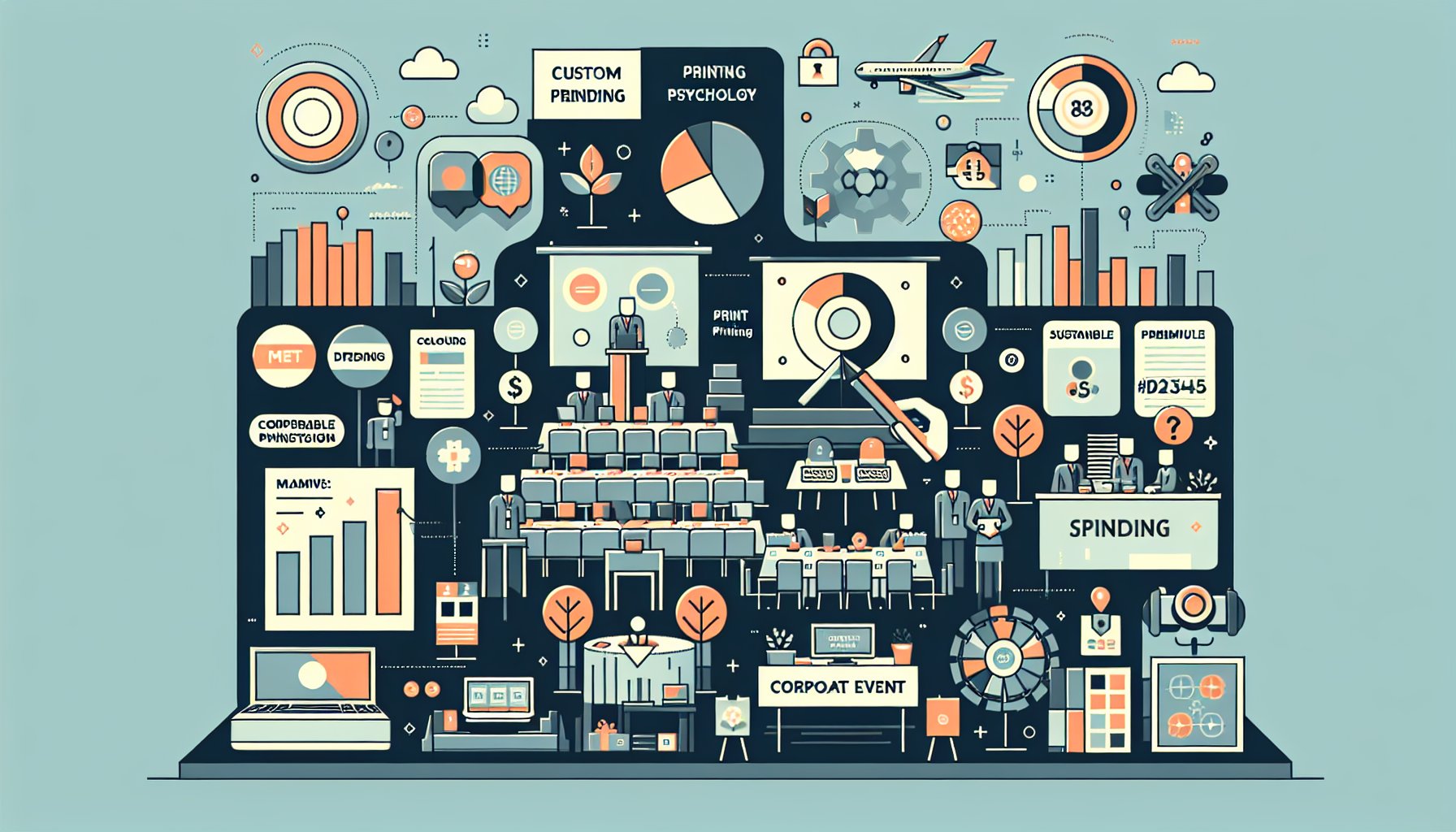Printed Materials
Consumer Preferences in Printed Materials: 2025 Trends Revealed
Discover the latest insights on consumer preferences in printed materials for 2025. Uncover how tactile experiences, sustainability, and personalization are reshaping the print industry and driving a renaissance in print media.
Sep 21, 2025
9 min read

TL;DR
The print industry is experiencing a renaissance as consumers in 2025 yearn for the tangible, immersive experiences that printed materials offer. Influenced by pandemic-induced digital fatigue, a growing awareness of digital media's environmental impact, and a desire for personalization and aesthetics, consumers are increasingly embracing print. This trend presents an opportunity for businesses to foster meaningful connections and trust through sustainable practices, catering to diverse generational preferences and blending print with digital strategies.
Consumer Preferences in Printed Materials: 2025 Trends Revealed
The Tides of Change: Reimagining Consumer Values
As we sail through the post-pandemic horizon towards 2025, the world of printed materials is catching some unexpected tailwinds. The Two Sides Trend Tracker survey is here to tell us that print isn't just coasting on nostalgia, it's making a comeback in our high-speed digital world, fueled by a renewed appreciation for the tactile. Remember the pandemic digital overload? Well, many of us are now yearning to bury our noses in the smell of paper again. And it's more than a fleeting trend; it's a cultural shift. Printed books are seeing a rise in preference, shooting up to 65% from 53% back in 2021. Magazines, too, have jumped from 35% to 51%. It seems the sensory journey of turning pages is no longer a relic of the past but a crucial component of learning and retention.
But here's the twist: nearly 56% of us think businesses are veering digital not for the planet but to save a buck or two. There's growing skepticism in the air, with consumers demanding transparency over the push to "go paperless." The message? We want options, especially when it comes to our crucial services, 76% of survey respondents agree. Digital might be hyped as the eco-friendly choice, but let's not ignore how much energy our digital lives consume.
As Jonathan Tame from Two Sides Europe wisely notes, print and digital shouldn't be gladiators in an arena. Let's see them as partners. The print industry has a significant opportunity to reposition itself as a sustainable contender, proving that it's not just a nostalgic relic but a vital part of an eco-conscious future.
Print with Purpose: Go Green, Stay Genuine
In a world where digital's often seen as the green knight, something interesting is happening, consumers are rediscovering print and its eco-potential. The Trend Tracker survey is waving the flag for a print renaissance, with its allure stronger than ever. Print books have leaped from 53% to 65% among European readers since 2021. This isn't merely nostalgia; it's about authenticity, consumers want something real in a virtual world.
But what about the environment? Print's getting a makeover, with 76% of folks insisting on a choice between paper and pixels. Digital's green sheen is a bit more complicated than it looks, and 56% of us suspect cost-cutting, not the planet, drives the digital shift. Turns out, recycling and compostability in paper products are catching serious attention, marking print as a surprisingly sustainable star.
The challenge? To educate, to debunk myths, and to craft a narrative where print and digital work together. With consumer trust intertwined with sustainability, the print industry has a chance to shine and align with the green values of 2025 and beyond.
A Perfect Blend: Finding Harmony in Print and Digital
As we edge closer to 2025, the dance between print and digital is more like a waltz than a wrestling match. The pandemic turned many into screen zombies, but we're waking up, looking for the comforting charm of print. The Trend Tracker survey shows a jump in printed book preference to 65%, up from 53% in 2021, reflecting our hunger for tactile experiences.
Print isn't just for nostalgia buffs. Its tactile nature offers a break from digital fatigue and environmental guilt, as the ICT sector's energy use looms large. We're realizing print may be the unsung hero of sustainability.
Jonathan Tame reminds us that print and digital should complement each other. A balance can cater to consumer diversity, 76% insist on having both options. The print industry must engage in this dual medium narrative and highlight print's unique benefits, grounded in eco-friendly practices.
Feel and Function: The Sensory Seduction of Print
In a world racing towards digital horizons, the tactile pleasure of print is drawing us back. The Trend Tracker survey paints a vivid picture: print's allure is alive and kicking. With 65% of Europeans now favoring printed books, up from 53% in 2021, this isn't just a trend; it's a testimony to the sensory and emotional depth print delivers.
Print's not just pretty; it's pedagogical. The survey tells us 52% think kids learn more from print. There's a cognitive magic in turning pages, a deeper connection that screens struggle to emulate.
With digital fatigue on the rise, consumers find solace in the permanence and clarity of print. The print industry, by championing this tangible, enriching experience, can fortify its relevance in the digital age. Bridging the factual environmental narrative with the sensory appeal of print is where the future lies.
Customization Craze: Personal Touches Make Print Pop
As we emerge from pandemic shadows, the call for personalized print is resonating louder than ever. The Trend Tracker survey underscores a fascinating shift: people want their print personal and poignant. With 65% favoring printed books, the demand for tailored experiences isn't a whim, it's a want.
Consumers yearn for print that speaks to their identity, from personalized postcards to bespoke magazines. As brands jump on this trend, they'll need to blend customization with sustainability, reinforcing consumer trust by aligning with eco-values.
The print industry's path forward is clear: embrace individuality, drive innovation, and connect on a personal level. It's about crafting experiences that resonate, and printed materials could just be the medium that makes the message matter most.
Aesthetic Affection: The Visual Symphony of Print
Amidst the digital din, the visual allure of print is striking a chord, echoing through 2025's consumer landscape. The Trend Tracker survey illuminates a captivating trend, print isn't just about content anymore; it's about the aesthetic journey. Preference for printed books has soared to 65%, up from 53% in 2021, highlighting the intrinsic value of design in print.
Print offers a respite from the digital cacophony, with curated visuals that engage, not overwhelm. This connection extends beyond the visual; it's an emotional bond that digital struggles to replicate. With 52% advocating for children's print learning, print's aesthetic impact is undeniable.
As screens saturate our lives, the aesthetic richness of print could be the counterbalance we crave. The print industry can harness this by marrying beauty with eco-consciousness, ensuring print's place as a sustainable powerhouse.
Storytelling through Print: Crafting a New Narrative
In the ever-evolving saga of consumer preferences, print is reclaiming its storytelling throne. The Trend Tracker survey reveals an insightful narrative shift, 65% now prefer the printed page for books, up from 53% in 2021. This isn't a mere return to roots; it's a recognition of print's depth and clarity amid the digital deluge.
Print's tale isn't just personal; it's environmental. As sustainability myths unravel, the print industry's story must be one of responsible sourcing and trust. Bridging the gap between perception and reality will strengthen print's narrative role.
Print's future lies in embracing its storytelling prowess while highlighting its environmental virtues. The industry's storytelling potential is vast, each page turned, a testament to the power of print in a digital age.
Generational Gaps: Bridging the Divide with Print
Generations are speaking, and the message is clear, print is back, straddling a world of digital dominance. The Trend Tracker survey unveils this tapestry of preferences, with older generations flocking back to print, seeking the tangible. Books have seen a preference spike to 65%, up from 53%, as nostalgia meets necessity.
Meanwhile, younger generations crave print that's cool, creative, and reflective of their digital identities. This generational gap isn't a hurdle; it's an opportunity for print to adapt and embrace diversity.
The print industry must cater to these varied tastes, balancing nostalgia with innovation. By doing so, it can redefine its role, ensuring print and digital coexist harmoniously, enriching generations to come.
The Future of Print: Redefining the Medium
As 2025 looms, print is not just surviving; it's thriving, driven by a resurgence in consumer appreciation. The Trend Tracker survey underscores print's growing popularity, with printed books and magazines witnessing a strong comeback. This isn't just a trend, it's a redefinition of print.
Consumers are aligning with print's sustainable credentials, recognizing its role in an eco-conscious future. The print industry must leverage this opportunity, building on its sustainable narrative and addressing digital fatigue.
Jonathan Tame's insight calls for synergy, not rivalry, between print and digital. The future of print is bright, promising enhanced educational experiences and deeper engagement. As the print industry adapts and innovates, it stands poised to reclaim its place in a digital-first world.
Charting New Territories: Print's Renaissance
In the digital age, print is charting new territories, regaining its place as a consumer favorite. The Trend Tracker survey shines a spotlight on this shift, as preferences for printed books and magazines soar. The return to print isn't just about nostalgia; it's about immersive experiences that digital can't replicate.
Consumers are savvy, demanding sustainable practices from their print products. The print industry has a golden opportunity to align with these values, building trust through transparency.
As Jonathan Tame advises, embracing both print and digital can lead to a harmonious future. The print industry must adapt, innovate, and cater to evolving consumer desires. The journey to a balanced, enriched future is underway, and print is leading the charge.
Need Help?
Check out these related products that can help:








